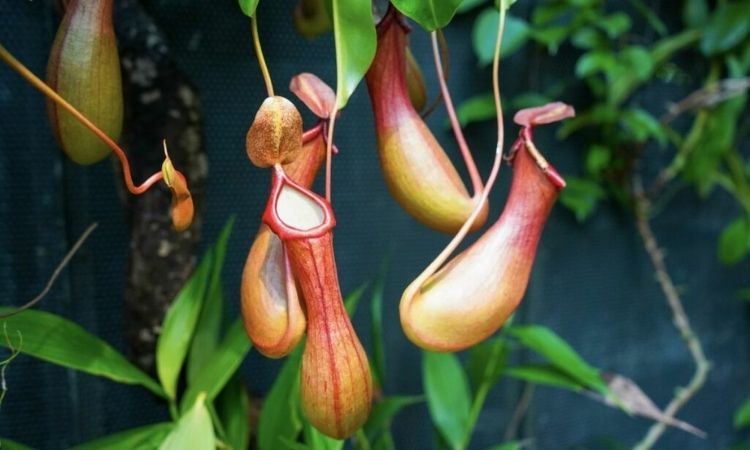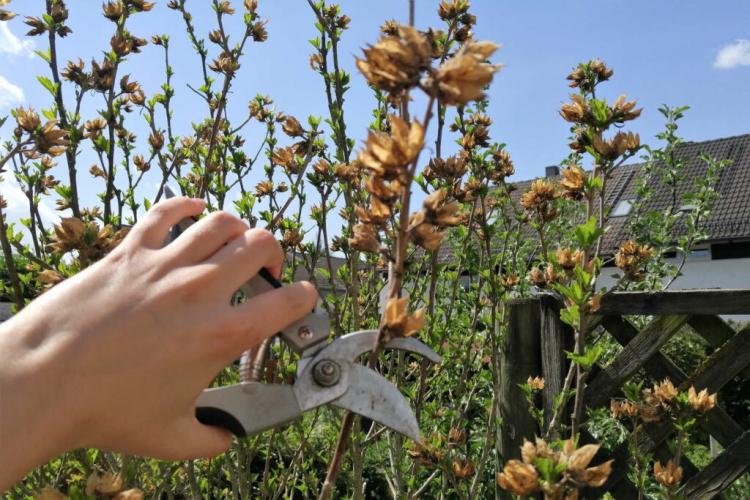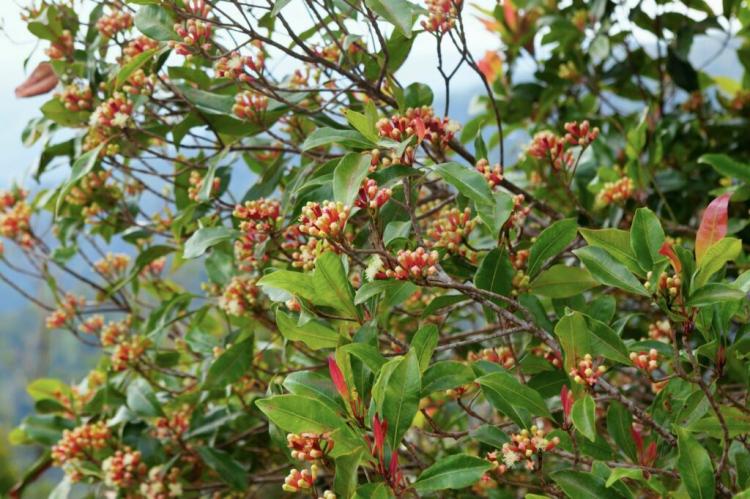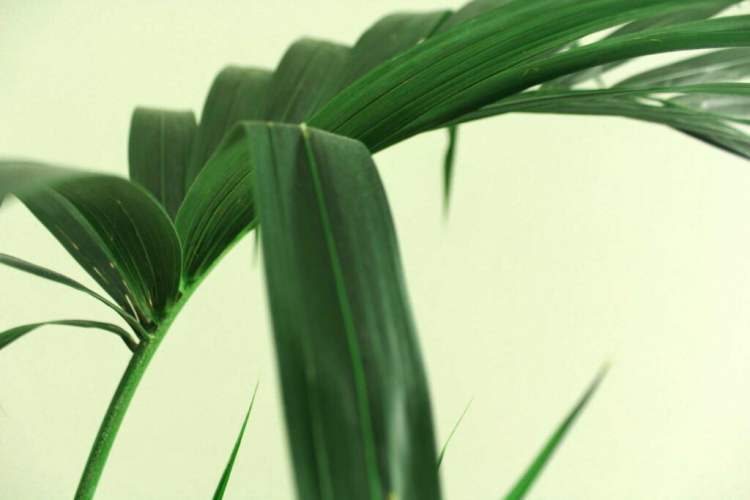Is Corn Man Made?
Corn is delicious- whether a grilled husked ear served on the cob, loose kernels in a salad, or even ground up and made into bread, this grain makes for a wholesome snack any time.
But you may find yourself wondering, what are the origins of the sweet corn you’re munching? Does it even exist naturally? Is corn man made, perhaps?
The answer to that is a bit complicated, but hopefully, by the end of this article, you will have a better understanding of how our modern maize came to be.
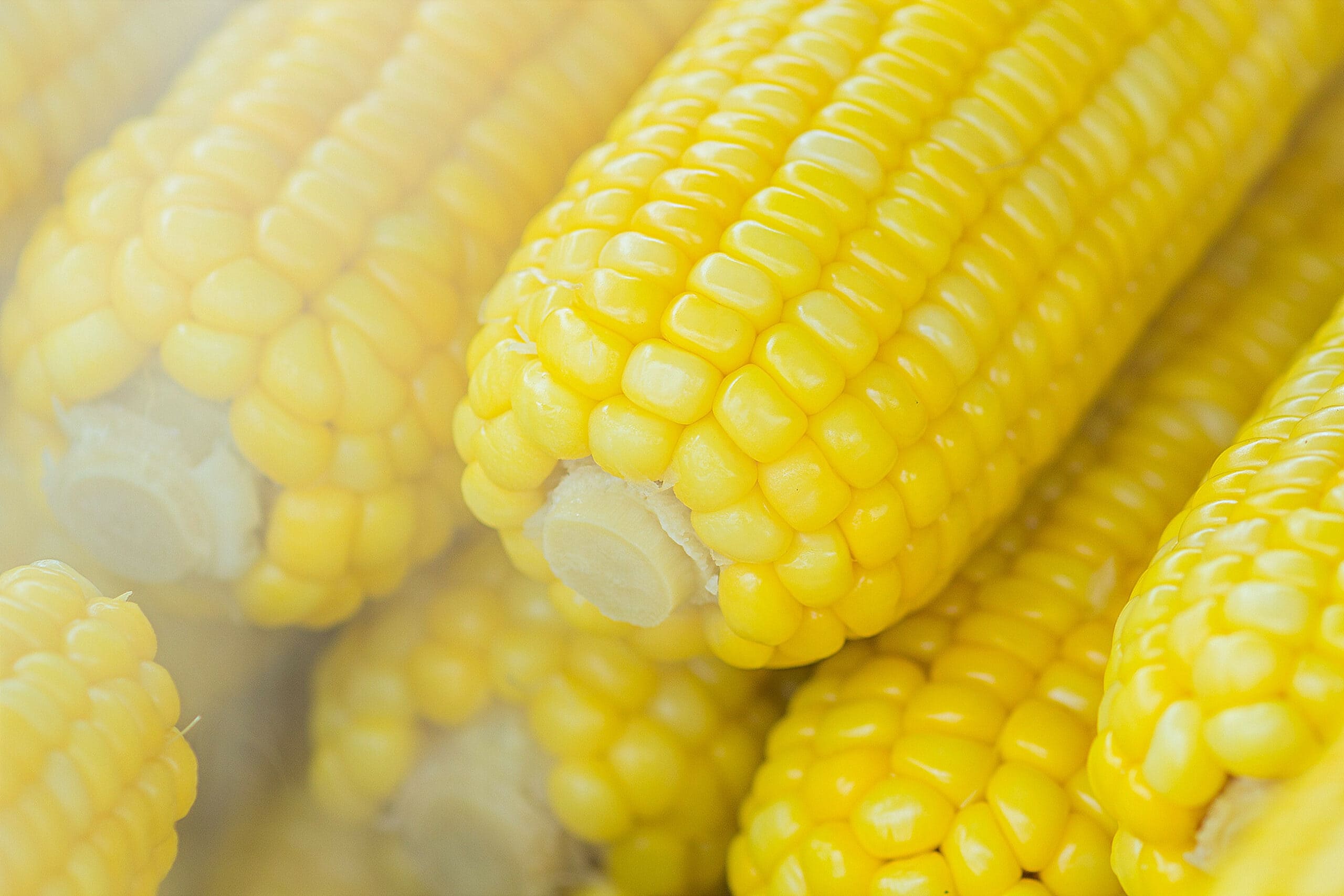
History of corn
Table of Contents
Like most important cereal crops we are familiar with today, corn has a long and fascinating evolutionary history that begins nearly 10,000 years ago.
Just a Wild Grass Called Teosinte
The story of corn, like most other vegetables, starts with a wild plant. In modern times, we know this wild grass as teosinte, a plant in the zea genus which grows naturally in the wild.
The seed heads of teosinte plants, which may be thought of as the first corn, are small, tough, and require a lot of effort to make edible.
The Domestication of Corn
It seems early farmers couldn’t get enough, however; almost 10,000 years ago they had begun a process of selective breeding of the tall grass that would eventually result in our modern corn.
This was done through a process of careful cross-pollination; ensuring that only corn stalks with desirable traits like larger, tastier seeds were allowed to reproduce. This directed corn evolution in such a way as to benefit humans.
Corn and Culture
Corn, or maize as it is sometimes called, quickly spread, becoming an essential crop for a number of groups of Native Americans. By around 6,000 years ago it had spread into Central America as well as South America.
Being such an important staple food, many cultures included the corn plant in their mythology and rituals.
In the Olmec culture, their calendar and many of their myths centered on the maize crop. Meanwhile, in what is now the US, the Mississippian peoples would hold the Green Corn Ceremony every year to ensure a successful harvest.
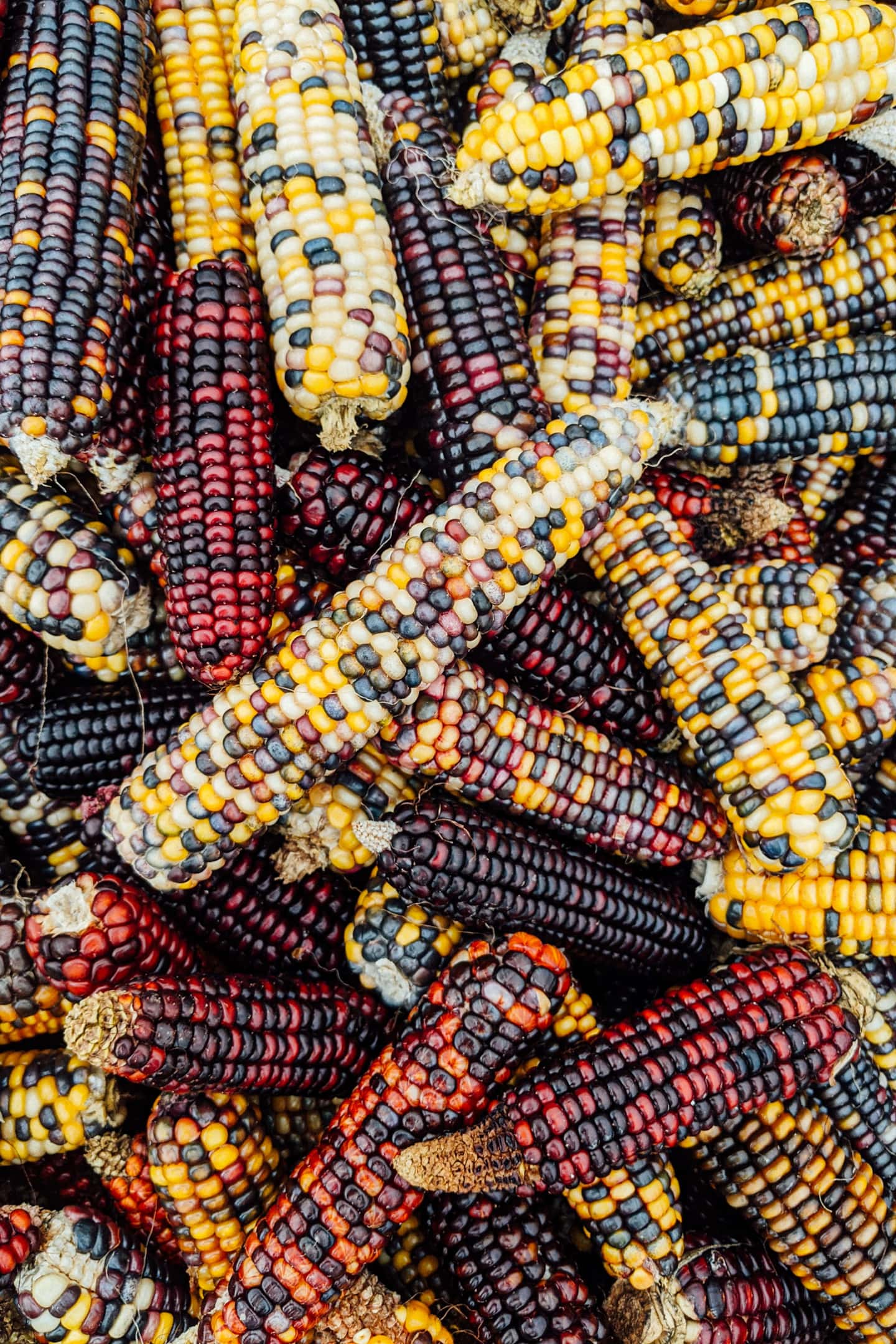
The Columbian Exchange
Centuries ago, during the Columbian Exchange, explorers and colonizers brought corn to the old world. At the time, it was called Indian corn, and it was still likely smaller than today’s corn.
While Europeans were initially put off, thinking it only fit for animal consumption, within a few decades of Columbus’s arrival it was being cultivated in Spain.
It did not take many generations for corn to spread throughout Europe and even into North Africa, where it is still a staple crop today.
Nixtamalization and Nutrition
Nixtamalization is a process during which corn or other grains are soaked and cooked in an alkaline solution, washed, and then hulled. This was commonly practiced by the various Native American groups who relied on corn for the majority of their calories.
Nixtamalized corn meal forms a dough much more easily than untreated corn, allowing for the production of tortillas and tamales. It also has a much higher concentration of niacin, a vital nutrient needed to stay healthy.
When Europeans colonized the Americas, they quickly adopted corn as a hardy staple crop that could keep them fed in difficult times. They did not, however, realize the importance of the nixtamalization process. Some dishes, like hominy, were still eaten nixtamalized in their current form, but many settlers simply ground the grains up raw for dishes such as cornbread and johnny cake.
You Might Also Like: Do Pothos Like to Be Root Bound
Pellagra
Over time, as poorer populations increasingly relied on corn as their main food source, a disease called Pellagra began to spread throughout the Southern States. This disease causes a myriad of increasingly unpleasant symptoms and, if left untreated, may even lead to death.
Europeans first encountered the disease in 1735 when it was noted by a Spanish physician, Gaspar Cascal, though natives had likely been aware of the risk for some time.
By the early 1900s, it was practically an epidemic in the South. It was not until 1915 that Dr. Joseph Goldberger discovered that it was caused by a nutritional deficiency- a major breakthrough, as at the time the effects of malnutrition were very poorly understood.
Thankfully, we now understand the importance of niacin to health, and pellagra is almost unheard of in the United States today.
Corn Cultivation
Due to millennia of selective breeding, modern corn cannot be grown without human intervention. Corn seeds are planted in the spring, as the corn plant can’t tolerate cold. They are commonly planted in sets of two rows, called twin rows, to improve their yield.
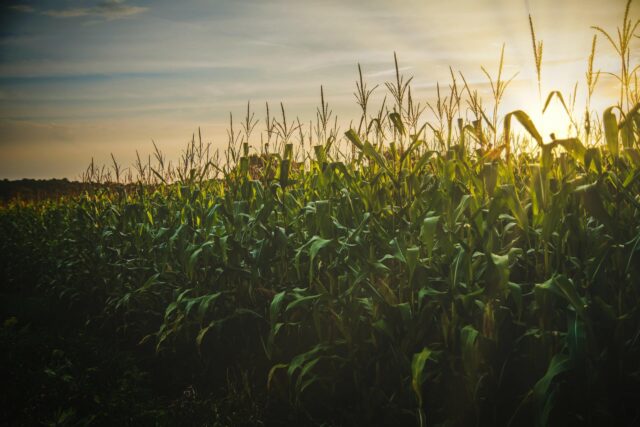
Harvest times will vary based on type- baby corn is harvested very young, while field corn is generally left to mature until autumn.
Types of corn
There are many varieties of corn available today that have been selectively bred for different purposes.
From field corn to popcorn, modern-day maize can vary wildly in its nutritional content and physical description. Below we’ve listed some of the most common corn varieties.
You Might Also Like: Can You Propagate Pothos without a Node
Dent corn
Most of the corn grown in the United States is dent corn. This variety gets its name from a slight indentation on the crowns of kernels.
Variants with bright yellow kernels are mostly used in animal feed and oil production. White varieties, on the other hand, are frequently ground up as masa.
Sweet corn
When you think of corn today, you’re most likely picturing an ear of sweet corn. Sweet corn is one of the varieties of corn you are most likely to see at your local supermarket. The seed head has a lighter, sweeter flavor than is found in many other corn plants.
Ornamental corn, otherwise known as flint corn
Flint corn, or ornamental corn as it is sometimes known, is a variant with a hard shell on the outside of the kernels.
This limits the food products that can be made from it, though it is popular for making hominy. The more colorful varieties of corn are commonly used as Thanksgiving decorations.
Popcorn
Popcorn is actually a sub-variant of flint corn. The corn kernels have very hard shells and when the starches inside are heated, they expand and rapidly cool. This forms the familiar crunchy snack we all know and love.
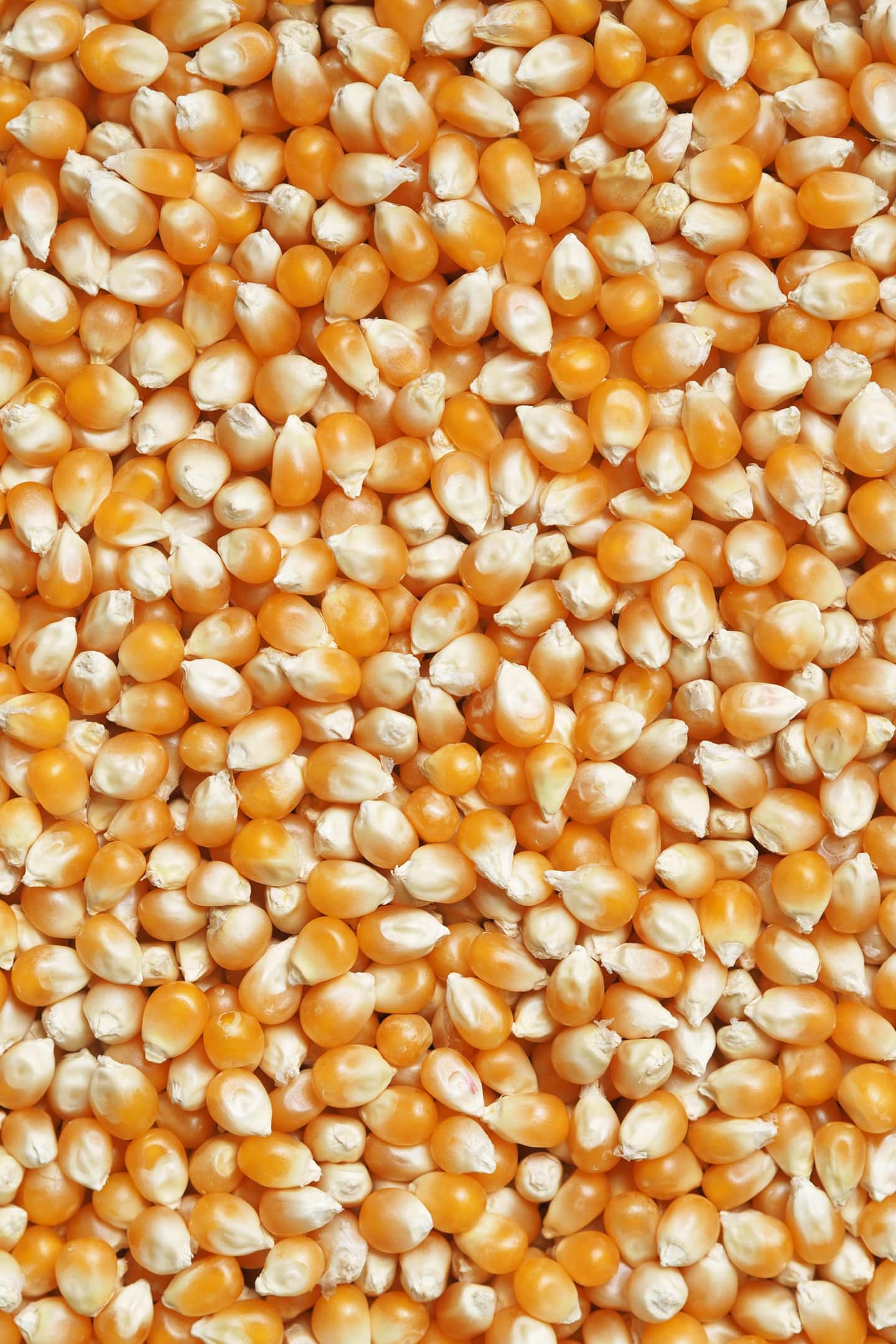
Is Corn Genetically Modified?
If you’ve asked yourself, “Is corn man made?” then genetic engineering may have been on your mind. Yes, it’s true- humans have gone beyond artificial selective breeding and have genetically modified corn.
This may sound alarming, but fear not, dear reader- the health effects popularly touted as arising from genetically modified organisms have little scientific backing. Though corn in its current form is the product of human intervention, this doesn’t make the plants unsafe for humans to consume.
Uses for corn
As I’m sure you can imagine, corn plants have a variety of uses in the modern age. Below are just a few examples of the ways corn is used that you may not expect.
Food
The first and most obvious use for the corn plant is as food. Modern-day corn is used for both human and animal consumption.
Where humans are concerned, corn can be prepared in a variety of ways. Centuries ago, Native Americans would often nixtamalize corn, which had a few different benefits. First, as mentioned above, this increases the availability of niacin and prevents pellagra. Second, nixtamalized corn forms a dough more easily, making it excellent for producing tortillas and other dishes.
Corn can be ground up into meal or flour and used to make a variety of breads, leavened and unleavened. It can also be eaten straight off the ear with some salt and butter for a delicious whole-grain side dish.
Some varieties of flint corn can also be popped for a crispy snack.
As you can see, corn is a surprisingly versatile food- which is probably why it’s managed to stay popular for so long!

Industrial Products
The second use for modern-day corn is in the production of industrial products. We’ve all heard of high-fructose corn syrup, the most common sweetener in store-bought snacks and drinks. But did you know that corn has industrial applications unrelated to food?
Corn oil is commonly used to produce soaps, paints, and inks. It is also sometimes used in the production of insecticides as well as biodiesel fuel.
The husks can be used as filling material; the stalks are turned into paper; and the empty cobs are processed into charcoal. As you can see, pretty much every part of the plant has its use!
Biofuel
Corn can even be used in the production of fuel! This may sound strange- after all, who would think to power their car with a bowl of sweet corn?
But it’s true- ethanol, a first-generation biofuel commonly mixed with gasoline in the United States, is produced using corn.
While this mixture was initially touted as being more environmentally friendly than pure gasoline, it has received criticism in recent years. Many cars get better mileage from ethanol-free gasoline, and the massive amounts of corn needed to produce the fuel can create a monoculture, reducing local biodiversity.
Conclusion
We hope this article has given you a better idea of the history of corn, from domestication to the modern day. Whether you love it or hate it, you’re sure to have your life impacted by corn in some way- from enjoying a refreshing soda to gassing up your car, corn is undoubtedly a vital crop for nearly every aspect of modern life.
You Might Also Like: How Long Can a Peace Lily Live in Water
